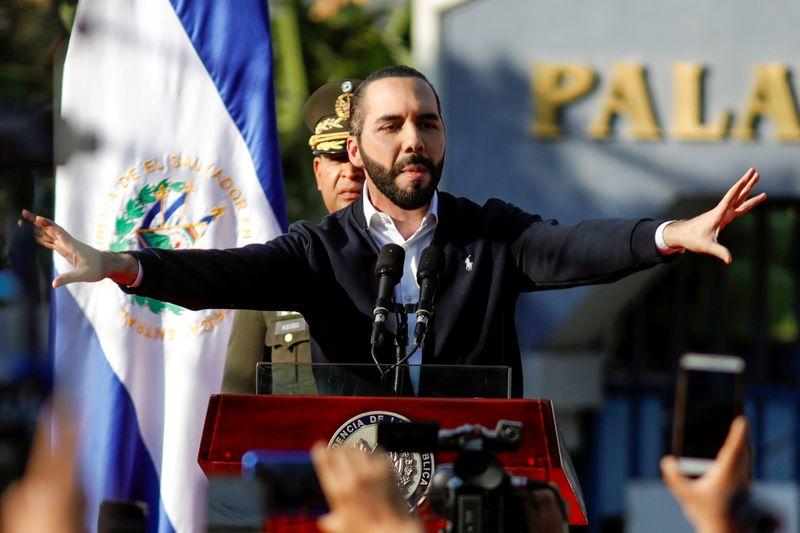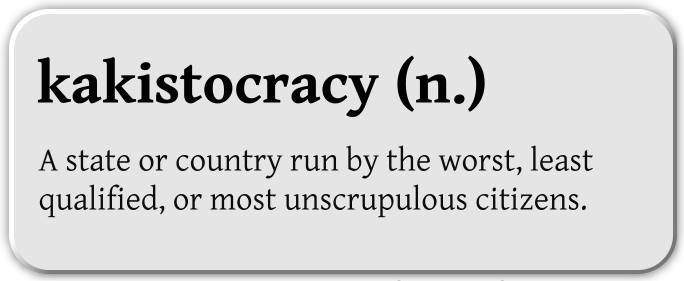Warren says 'egomaniac billionaire' Bloomberg will make a good Trump stand-in during Democratic debate
Tim O'Donnell, The Week•February 18, 2020

The remaining Democratic presidential candidates don't seem very happy about billionaire and former New York City Mayor Michael Bloomberg qualifying for Wednesday's debate in Las Vegas ahead of the Nevada caucus Saturday. But Sen. Elizabeth Warren (D-Mass.) sees a silver lining.
Warren on Tuesday blasted Bloomberg over Twitter, calling him an "egomaniac billionaire," but she suggested his presence could come in handy because he can serve as a stand-in for President Trump, giving the other candidates on stage a chance to show voters how they'd go after the incumbent should they win the Democratic nomination.
It’s a shame Mike Bloomberg can buy his way into the debate. But at least now primary voters curious about how each candidate will take on Donald Trump can get a live demonstration of how we each take on an egomaniac billionaire. https://t.co/H02radEZcv— Elizabeth Warren (@ewarren) February 18, 2020
Warren and her competitors may indeed get a chance to test out some of their offensive game plan for Trump on Wednesday, but it remains to be seen if Bloomberg will fire back in a similar manner to Trump. At the least, they should expect fewer nicknames.








 A photo of Google's Dublin headquarters in 2013.
A photo of Google's Dublin headquarters in 2013.


